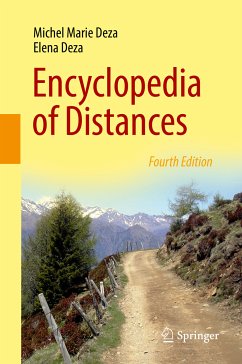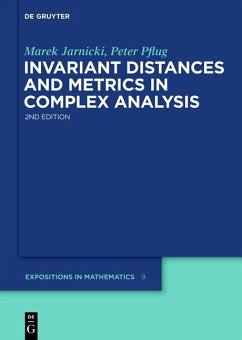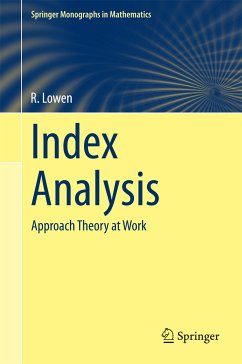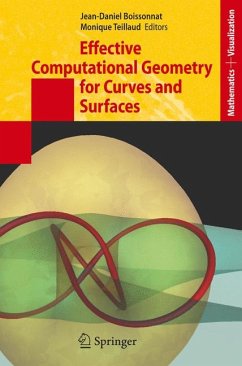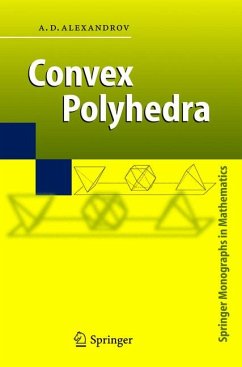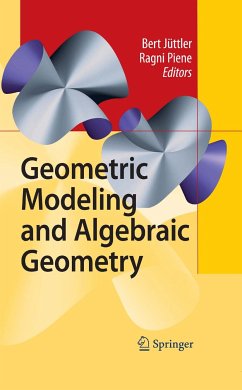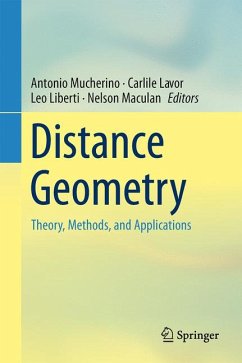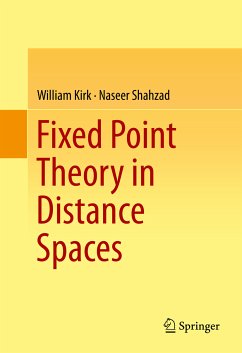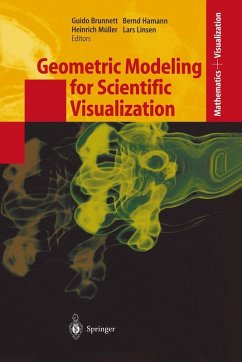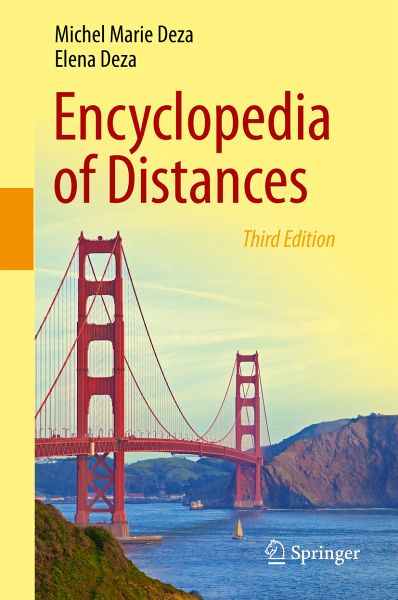
Encyclopedia of Distances (eBook, PDF)

PAYBACK Punkte
40 °P sammeln!
This updated and revised third edition of the leading reference volume on distance metrics includes new items from very active research areas in the use of distances and metrics such as geometry, graph theory, probability theory and analysis. Among the new topics included are, for example, polyhedral metric space, nearness matrix problems, distances between belief assignments, distance-related animal settings, diamond-cutting distances, natural units of length, Heidegger's de-severance distance, and brain distances.The publication of this volume coincides with intensifying research efforts int...
This updated and revised third edition of the leading reference volume on distance metrics includes new items from very active research areas in the use of distances and metrics such as geometry, graph theory, probability theory and analysis. Among the new topics included are, for example, polyhedral metric space, nearness matrix problems, distances between belief assignments, distance-related animal settings, diamond-cutting distances, natural units of length, Heidegger's de-severance distance, and brain distances.
The publication of this volume coincides with intensifying research efforts into metric spaces and especially distance design for applications. Accurate metrics have become a crucial goal in computational biology, image analysis, speech recognition and information retrieval.
Leaving aside the practical questions that arise during the selection of a 'good' distance function, this work focuses on providing the research community with an invaluable comprehensive listing of the main available distances.
As well as providing standalone introductions and definitions, the encyclopedia facilitates swift cross-referencing with easily navigable bold-faced textual links to core entries. In addition to distances themselves, the authors have collated numerous fascinating curiosities in their Who's Who of metrics, including distance-related notions and paradigms that enable applied mathematicians in other sectors to deploy research tools that non-specialists justly view as arcane. In expanding access to these techniques, and in many cases enriching the context of distances themselves, this peerless volume is certain to stimulate fresh research.
The publication of this volume coincides with intensifying research efforts into metric spaces and especially distance design for applications. Accurate metrics have become a crucial goal in computational biology, image analysis, speech recognition and information retrieval.
Leaving aside the practical questions that arise during the selection of a 'good' distance function, this work focuses on providing the research community with an invaluable comprehensive listing of the main available distances.
As well as providing standalone introductions and definitions, the encyclopedia facilitates swift cross-referencing with easily navigable bold-faced textual links to core entries. In addition to distances themselves, the authors have collated numerous fascinating curiosities in their Who's Who of metrics, including distance-related notions and paradigms that enable applied mathematicians in other sectors to deploy research tools that non-specialists justly view as arcane. In expanding access to these techniques, and in many cases enriching the context of distances themselves, this peerless volume is certain to stimulate fresh research.
Dieser Download kann aus rechtlichen Gründen nur mit Rechnungsadresse in A, B, BG, CY, CZ, D, DK, EW, E, FIN, F, GR, HR, H, IRL, I, LT, L, LR, M, NL, PL, P, R, S, SLO, SK ausgeliefert werden.




